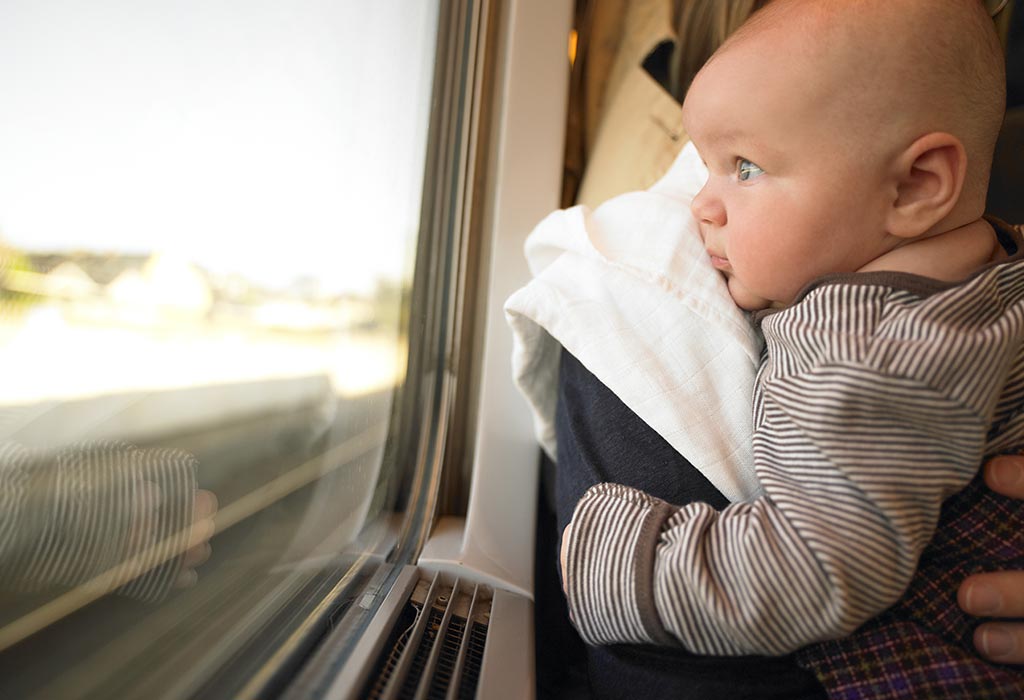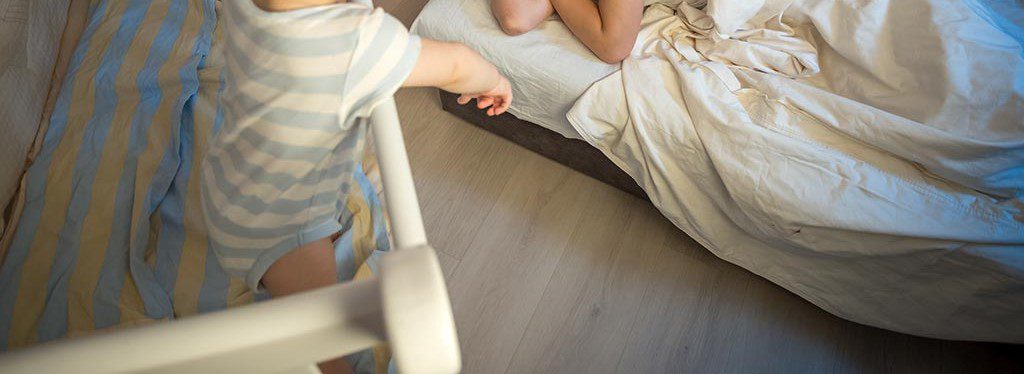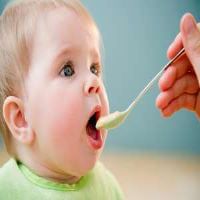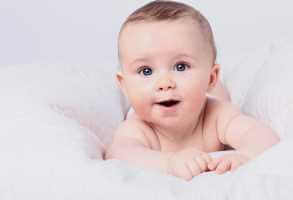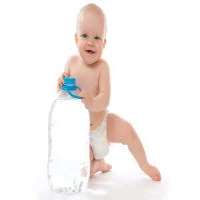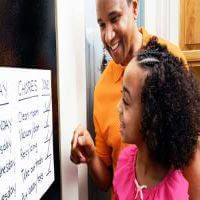Pedialyte can be a great help when your child is sick. Dehydration can be a possibility. There are many treatments available to treat your child's dehydration. Parents may wonder if they can give their child Pedialyte. Keep in mind that with children under one year of age, always proceed with caution, and before giving anything, consult your pediatrician.
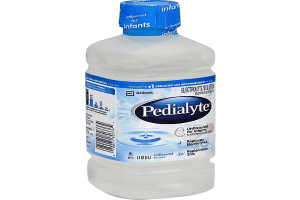
Pedialyte is a hydration product designed to combat dehydration during illness, travel, heat, or strenuous exercise. It contains a complex balance of electrolytes and sugars, which work to restore the body's balance, and is especially beneficial for children during bouts of vomiting or diarrhea.
Do you need: How to relieve colds and coughs in infants?
Pedialyte comes in different shapes and flavors, including:
Pedialyte Classic: It is in liquid form, available in several flavors, or unflavored. It works to restore lost zinc and electrolytes from the body. It is also available in powder form.
Pedialyte AdvancedCare
It helps prevent dehydration during illness and contains PreActiv Prebiotics, which help promote a healthy digestive system. It is available in liquid and powder form.
Pedialyte AdvancedCare Plus
The Plus series contains the same PreActiv Prebiotics as AdvancedCare but with 33 percent more electrolytes, making it more effective than the two above.
Pedialyte Sparkling Rush Powder
This powder contains no coloring, only flavors. It features the optimal balance of sugar and electrolytes to effectively combat dehydration.
Pedialyte Freezer Pops
These Pedialyte packs should be frozen and swallowed like a lollipop. However, they are not recommended for infants.
When is it safe to use Pedialyte?
Answers vary about the exact age at which you can start using Pedialyte. However, some doctors recommend giving it to babies as young as 3 months old. You should always consult your pediatrician before giving it to a child under XNUMX year old. Although Pedialyte is safe in moderation, you shouldn't take the dose lightly. Even if your baby likes the taste, it shouldn't be used as a treat.
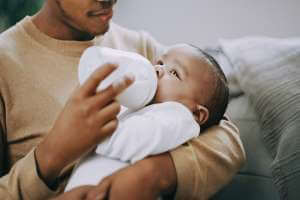
Do you need: Runny nose in children?
Doctors only recommend using Pedialyte or another oral rehydration solution during illnesses where there is excessive fluid loss. In most cases, this occurs with gastroenteritis, vomiting with or without diarrhea. During such illnesses, electrolytes and fluids are lost, so it is important to replace them.
During profuse vomiting, infants often have difficulty tolerating breast milk and formula. Oral rehydration solutions are a great way to provide less irritating fluids during this stage of the illness.
Viruses are often the cause of diarrhea or vomiting in young children. In some cases, it may be a sign of something more serious.
Why should a child be given Pedialyte?
You should always seek advice from your pediatrician if your child is sick for more than 24 hours, or shows any negative signs of illness. Also, if you notice blood in the diarrhea or it lasts longer than 5-7 days, your child should be seen by a doctor. These could be signs of a bacterial infection rather than a typical stomach virus.
During illness, a lot of fluids can be lost. It is not uncommon for infants to refuse to breastfeed. Like older children and adults, they experience nausea, gas, and cramps that can discourage them from feeding.
Your little one can become dehydrated quickly. It is essential to rehydrate as quickly as possible to avoid complications. Pedialyte can help effectively.
Do you need: Chickenpox in infants and children?
The fluid, electrolytes, and sugar in Pedialyte act as a dehydration treatment during illness. Fluids may be easier for a child to digest, especially during the vomiting phase of the illness.
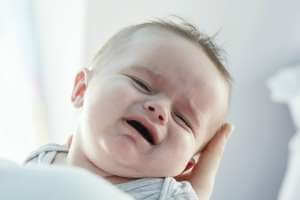
With babies under 6 months old, you should be careful. Giving water or other fluids other than formula or breast milk to infants can cause major complications.
Dehydration in children
Dehydration is when the body loses a large amount of fluid. Along with fluids, the affected person loses essential minerals, which can quickly become dangerous, especially for young children.
It's not always easy to spot symptoms of dehydration in children – it depends on their age and severity. Early to moderate signs of dehydration include:
- Less playfulness (not easy to detect in infants – they may seem withdrawn, not as interested as usual).
- Fewer or no tears when crying.
- Fewer wet diapers (for infants, look for fewer than six per day).
- Foul-smelling stools (due to diarrhea).
- Fewer bowel movements (due to lack of fluids from vomiting or fever).
- Sunken fontanel, which is the soft spot on your baby's head.
- dry mouth
Signs of severe dehydration include:
- drowsiness
- Sunken eyes.
- Wetting only one or two diapers a day.
- Skin wrinkles.
Do you need: Dehydration in infants - symptoms, causes and prevention?
Giving Pedialyte to infants while breastfeeding
When rehydrating a breastfeeding baby with Pedialyte, the baby should continue to breastfeed throughout the treatment. Breastfeeding will help comfort your baby, as well as provide much-needed nutrition.
Breast milk contains essential antibodies that can help fight illness. It will also help treat dehydration, and possibly speed up the recovery process. However, it is possible for your baby to temporarily become lactose intolerant during these illnesses.

Exposure to lactose can prolong the symptoms of gastroenteritis. Avoiding dairy products while breastfeeding allows your baby to receive all the benefits of breast milk without digestive problems.
Once the illness resolves, your baby should be able to tolerate dairy products in their diet again. Your baby should be fed at shorter intervals than usual during the rehydration treatment process or as needed. Once appetite is restored, you can increase the time between feedings. Between each session, give 0.15 to 0.3 fl oz (5 to 10 ml) of Pedialyte using a teaspoon or syringe every five minutes.
If your baby is vomiting, wait until the vomiting has stopped for about eight hours before resuming their normal feeding schedule. Continuing to feed as usual may cause additional stomach and intestinal distress. Even when they are still having vomiting incidents, continue offering Pedialyte every five minutes.
Giving Pedialyte to infants while bottle-feeding
For formula-fed infants, it's best to stop using formula until fluid intake is low. As with breastfed infants, offer Pedialyte in small amounts, 0.15 to 0.3 fluid ounces, using a teaspoon or syringe every five minutes.
If your baby is fed cow's milk, it is often helpful to switch to soy milk during the diarrheal phase of the illness, to avoid lactose, which is difficult to digest and can prolong the illness, and to help firm up the stool a little.
If you're worried your baby might start vomiting again, offer formula on a spoon. This ensures they only consume small amounts, which can help prevent their tummy from rejecting it.
Pedialyte should not be mixed directly with formula. Mixing the two in the same bottle can upset the balance, making your baby more ill.
Do you need: Natural remedies for sore throats in children?
Side effects of Pedialyte
Pedialyte is not without its side effects, but fortunately, most people who take Pedialyte do not experience severe reactions. The most common side effects are vomiting and nausea. You can counteract this by giving your child small amounts at a time, no more than two teaspoons. Here are some of the more severe side effects that Pedialyte can cause:
- Dizziness (not easy to detect in infants).
- Swelling in the feet and ankles.
- Mood changes.
- Insomnia.
- Seizures.
- Itching or swelling (tongue, face, or throat).
- Skin rash.
- breathing difficulties.
- Severe dizziness.
What to do when you experience side effects of Pedialyte
If you notice any side effects, stop giving Pedialyte. Consult your pediatrician about your next step. If your child shows negative signs or an allergic reaction, seek immediate care.
the source : Can I Give My Baby Pedialyte?
